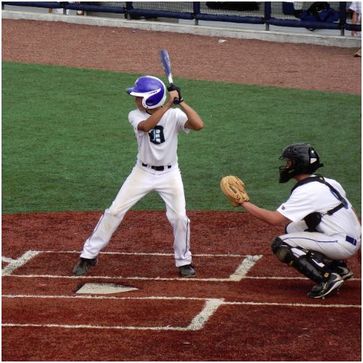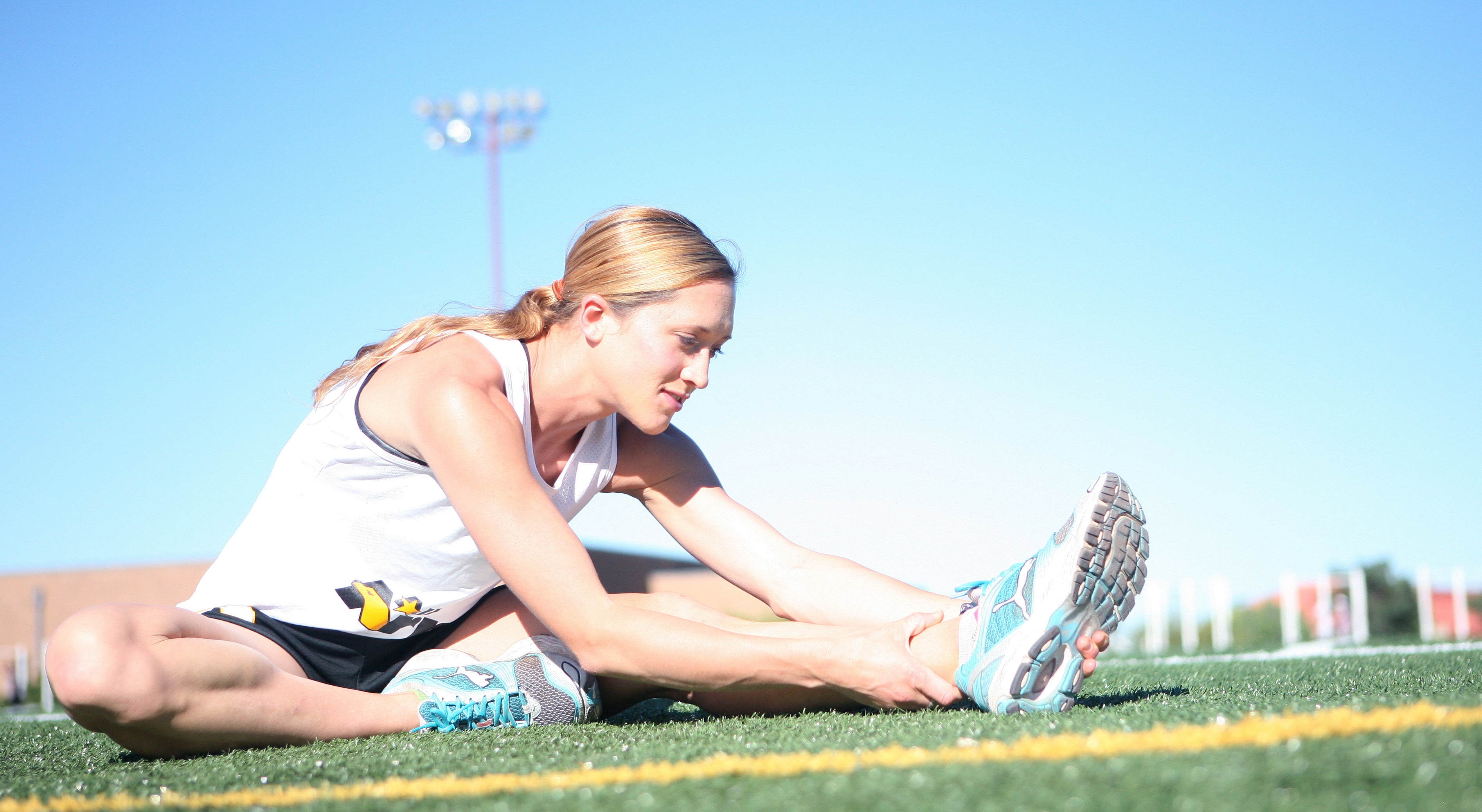Metabolic conditioning is probably one of the strength and conditioning buzzwords of the decade. The idea of getting in shape for sports has been around as long as we’ve played sports, but working on “fitness,” or “basketball fitness,” does not sound as serious as a “metabolic conditioning session.” Like every other strength and conditioning mode, metabolic conditioning needs to factor in a number of things to be effective for an athlete and to avoid wasting their time.
First, before we even get into the specifics of the sport, what is the level of the athlete that we are working with? Are we working with elite athletes, or are we working with nine-year olds? This is an extremely important question because it tells us how detailed and specific we are going to need to be. And how much technology we’re going to use.
Below are three different examples to show how age can impact conditioning tools. The sport here is basketball. You’ll note that the conditioning workouts are very different for this age group.
|
Age Group |
3-4 years old |
9-10 years old |
16-18 years old |
|
Sample Conditioning Workout |
“Everybody’s It” half court tag game. All players are “it.” If any player gets tagged, they must leave the court and dribble 5 times with each hand before re-entering the game. |
Sprint to half court 10 jumping jacks Sprint to the baseline 10 squats Sprint to half court Inchworms to the baseline Sprint to half court Bear crawls to the baseline Sprint to half court 10 push-ups Sprint to the baseline 10 crunches |
Sprint 10 yards Jump rope Sprint 10 yards Kettlebell swings Sprint 10 yards Heavy rope slams Sprint 10 yards Inchworms 10 yards Sprint 10 yards Bear crawls 10 yards Sprint 10 yards Push-ups Perform each exercise that doesn’t have a distance for 30 seconds. Repeat the circuit if needed |
Second, what sport are we conditioning for and what do we know about it? Remember, this has to go through the “level of the athlete” filter. Most of the team sports are intermittent in nature. There are offensive and defensive series, not all players play each series. They will last varying amounts of time and require different types of movement speeds and distances. At elite levels, we might use GPS technology to determine this precisely, but at much lower levels this won’t be necessary or useful.
In the table above, we don’t need to go into too much detail at these levels. But, once we get to the collegiate level everything begins to change. And at the highest levels, we’d use as much technology as we can. When we’re looking at the work:rest periods, we need to remember to set up conditioning to address the means (i.e. the average play lasts X seconds and is followed by X recovery seconds) as well as the outliers (i.e. the longest plays last x seconds, the shortest last x) and include those in conditioning.
Third, do we need to be concerned with the different positions in the sport? By this I mean, do the different positions need a different approach to conditioning? Again, this has to be filtered by the “level of the athlete” and now also by “the nature of the sport.” I’m going to argue that through high school this may not be important. But, once we get past that level we start seeing more specialization and the level of play changes a lot.
Fourth, where are we in the training year? By this I mean, being in shape so that an athlete is able to perform at the highest level during all aspects of a game is a continuous process that athletes need to have a chance to reach. The training in the early off-season is going to look a lot different than training right before the season. In addition, in-season training is going to be a lot different due to travel, competition, lack of access to facilities, lack of time, etc.
For example, looking back up at the table above. The 16-18 year old conditioning workout would be great for an early off-season conditioning workout. This would be an effective workout and will leave a lot of people lying on the floor wondering if they died. But, as anyone that has played basketball knows, this is not the same thing as sprinting up and down the court intensely during a quarter. Not only will the conditioning workouts need to become more specific as the season progresses, but for several sports (like basketball and soccer) small-sided games may be the way to go.
Fifth, where is our athlete compared to where we want them to be? Before we even get to this stage we need to address the other questions first, otherwise we’re just swinging blindly in the dark. You have to know where you want to go before you start deciding how to get there.
Lastly, what tools and approaches best fit all the above. There are a lot of great tools for metabolic conditioning. All of them work, but not all are a great fit for a given situation. Some may fit better during different times of the year. For example, kettlebells, rope slams, and monster tires might be great for MMA but might not be the best fit for basketball or soccer.



